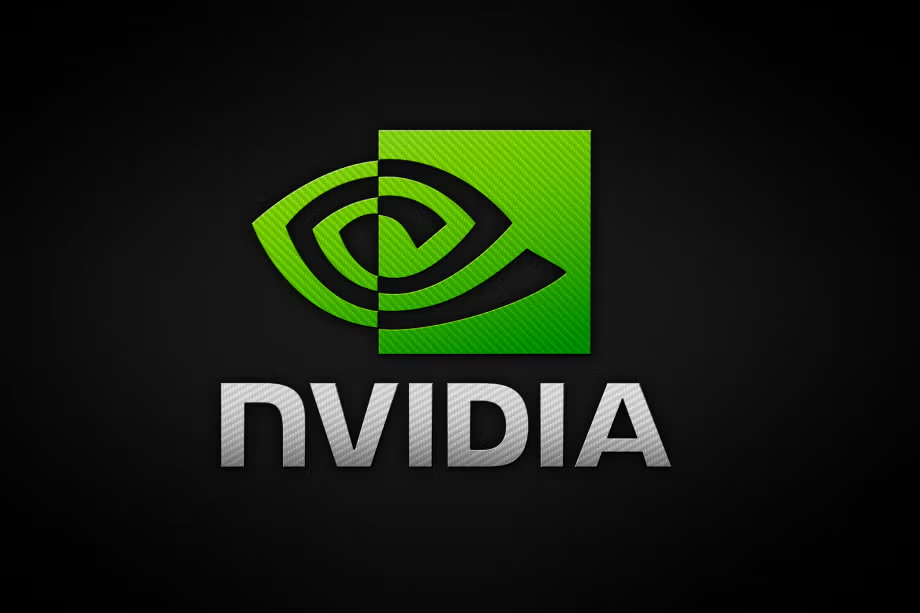Nvidia's CEO, Jensen Huang, is taking an unconventional approach to managing his company's vast workforce of 42,000 employees by personally reviewing each of their salaries. This hands-on strategy, unusual for a company of Nvidia's size and stature, highlights the company's commitment to employee value and strategic compensation.
Huang's Approach to Compensation
Jensen Huang reviews every employee's compensation at the end of each cycle. To manage this complex task, Huang uses machine learning and other technological tools to sort through the data. Huang has stated that he invariably increases the company's expenditure on operational expenses (opex) during this process. This indicates a commitment to investing in employees and ensuring they are fairly compensated. Huang has also dismissed speculation about a secret stock option pool, but he emphasizes competitive pay. Huang believes that "if you take care of people, everything else takes care of itself".
Benefits of this Strategy
Huang's hands-on approach aims to foster employee satisfaction and loyalty. Nvidia's employee satisfaction is reflected in its Glassdoor rating of 4.6 out of 5.0, surpassing those of Google and Microsoft. The company also boasts a low turnover rate of 2.7%. Happy employees lead to improved customer and supplier relationships, increased productivity and innovation, and reduced recruitment and training costs. Moreover, Nvidia's compensation strategy extends to its top executives, with Huang claiming to have "created more billionaires on my management team than any CEO in the world". Recent stock price increases have elevated three Nvidia board members to billionaire status. This demonstrates Huang's commitment to sharing the company's success with his employees.
Aligning with Performance Goals
Nvidia ties executive compensation to performance goals. The company's Variable Compensation Plan for Fiscal Year 2026 links executive pay to specific corporate performance targets. This approach aligns the interests of Nvidia's executives with those of its shareholders. Performance goals are set with threshold, base, and stretch levels of compensation. To qualify for an award, participants must remain employed through the payment date.
Employee Perspectives and Company Culture
Nvidia's company culture is built on mutual respect with an open environment that enables cross-collaboration, where people are encouraged to explore and learn. 95% of employees at Nvidia say it is a great place to work compared to 57% of employees at a typical U.S.-based company. 88% of Nvidia employee reviews were positive. 76% of employees feel they are paid fairly, and 85% are satisfied with their benefits. Nvidia's compensation includes base salary, equity (in the form of restricted stock units or RSUs), and a performance-based merit increase. New employees receive an initial equity grant that vests over four years.
Strategic Workforce Development
Nvidia invests in its workforce, particularly in roles critical to its GPU and AI initiatives. The company consistently pays above the industry average to attract top talent. Nvidia's early commitment to workforce development has allowed it to innovate rapidly and maintain its position as a leader in the tech industry.
Challenges and Considerations
Nvidia's demanding corporate culture includes an "always-on" work environment, with high-pressure meetings and a leadership style that Huang calls "torture into greatness". While the company's compensation and retention strategies are compelling, the concentration of wealth and potential inequalities raise concerns.
Overall, Jensen Huang's hands-on approach to salary reviews and strategic compensation highlights Nvidia's commitment to its employees. This strategy has contributed to high employee satisfaction, low turnover, and the creation of wealth for both executives and employees. By investing in its workforce and aligning compensation with performance goals, Nvidia maintains its position as a leader in the competitive tech industry.

















